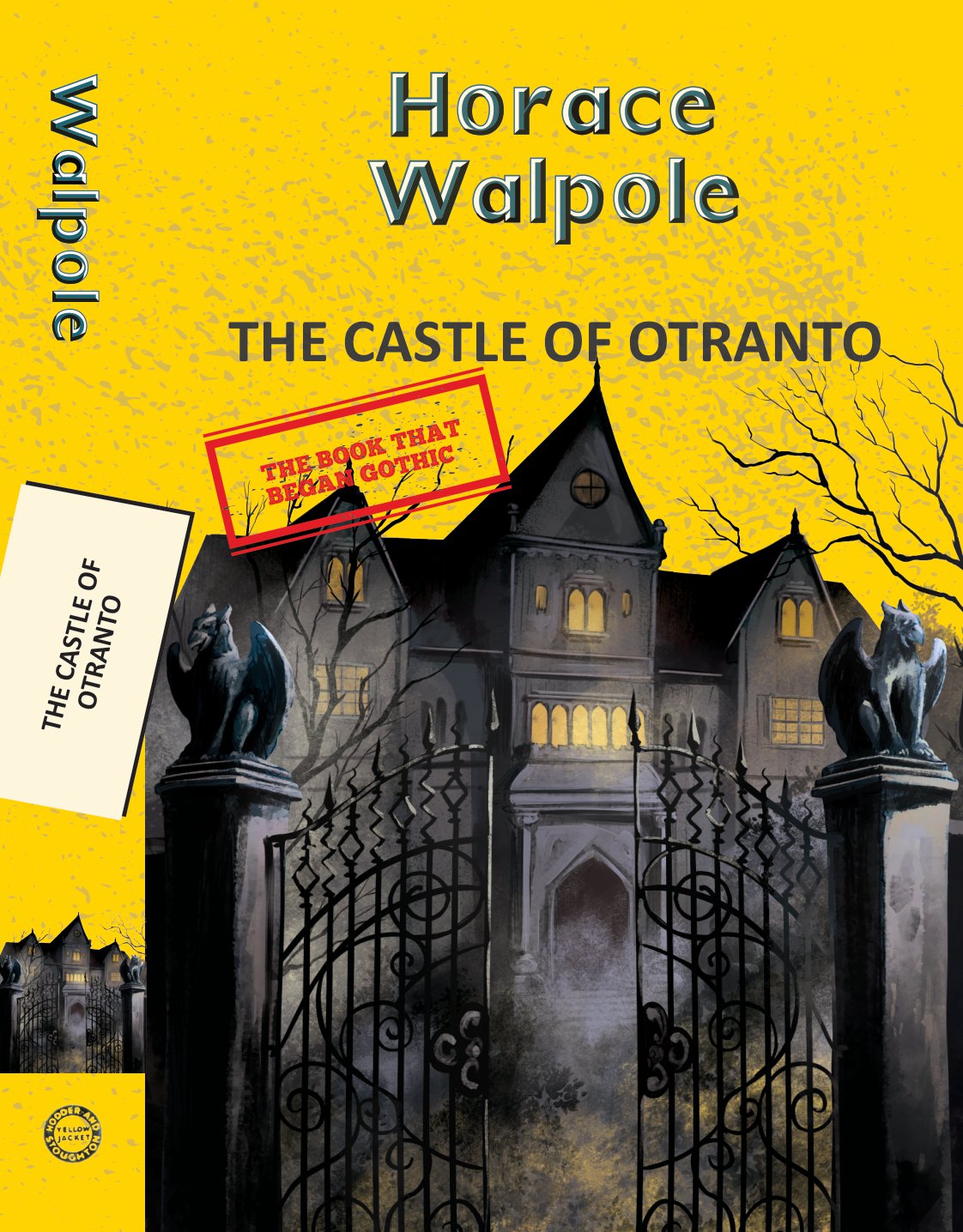Horace Walpole
Horace Walpole Horatio Walpole, 4th Earl of Orford (24 September 1717 2 March 1797), better known as Horace Walpole, was an English writer, art historian, man of letters, antiquarian, and Whig politician. The youngest son of the first British Prime Minister, Sir Robert Walpole, 1st Earl of Orford, he became the 4th and last Earl of Orford of the second creation on his nephew's death in 1791. Walpole's lasting architectural creation is Strawberry Hill, the home he built from 1749 onward in Twickenham, southwest of London, which at the time overlooked the Thames. Here he revived the Gothic style many decades before his Victorian successors. This fanciful neo-Gothic concoction began a new architectural trend. Strawberry Hill had its own printing press, the Strawberry Hill Press, which supported Horace Walpole's intensive literary activity. In 1764, not using his own press, he anonymously published his Gothic novel, The Castle of Otranto, claiming on its title page that it was a translation "from the Original Italian of Onuphrio Muralto". The second edition's preface, according to James Watt, "has often been regarded as a manifesto for the modern Gothic romance, stating that his work, now subtitled 'A Gothic Story', sought to restore the qualities of imagination and invention to contemporary fiction".

